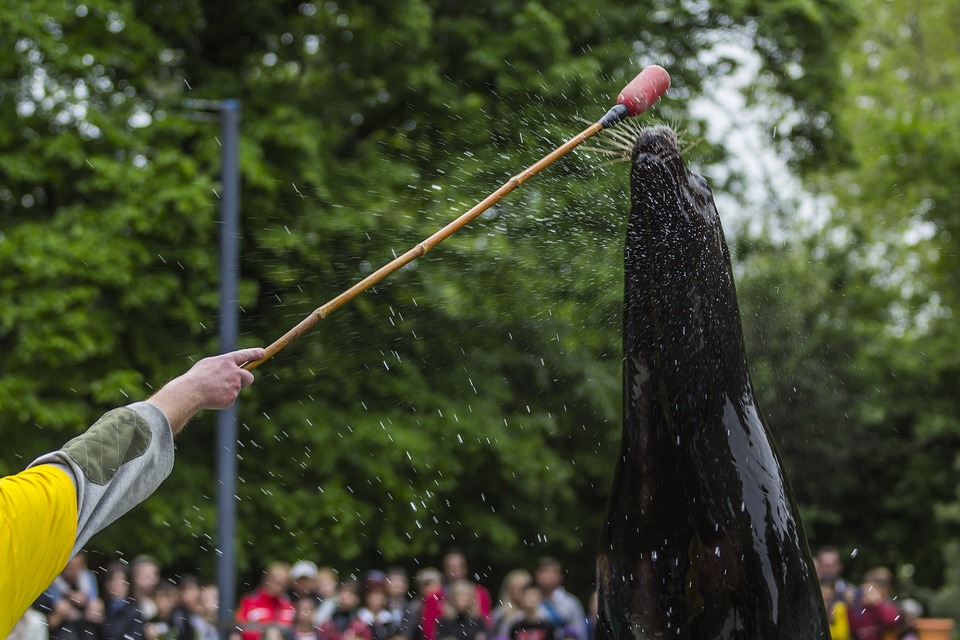Fish tank behavior is a fascinating subject that aquarium enthusiasts and hobbyists often delve into. One particular behavior that captures the attention of many is the feeding frenzy. Understanding feeding frenzies is crucial for maintaining a healthy and thriving fish tank environment. In this article, we will take a deep dive into the world of fish tank behavior and explore the science behind feeding frenzies.
A feeding frenzy is a period of intense feeding activity among fish in a tank. It is characterized by heightened aggression, competition, and rapid consumption of food. Various factors influence the occurrence and intensity of feeding frenzies. These include the fish species, tank size, population, and the availability and type of food.
To understand fish feeding behavior, it is essential to examine their natural feeding patterns in the wild. Different fish species have distinct feeding habits, such as surface feeders, bottom feeders, or mid-water feeders. These patterns translate to aquariums, where fish exhibit similar behaviors. Observing and understanding these patterns can help aquarium owners create a suitable feeding routine.
The size of the tank and the population of fish also play a significant role in feeding frenzies. In larger tanks with ample space, fish are less likely to engage in aggressive behaviors during feeding time. However, in smaller tanks with a high population density, competition for food can lead to intense feeding frenzies.
The science behind a feeding frenzy involves chemical signals and visual cues. Fish release pheromones and other chemical signals into the water, which can trigger feeding behavior in other fish. Additionally, visual cues, such as the sight of food or the movement of other fish, can also initiate a feeding frenzy. The fish tank environment, including water quality and temperature, can impact the intensity and frequency of feeding frenzies.
Feeding frenzies offer several benefits for fish. They promote natural foraging instincts, allowing fish to exhibit their innate behaviors. Feeding frenzies also enhance fish health and growth, as they provide opportunities for fish to consume the necessary nutrients they need. Furthermore, feeding frenzies can strengthen social bonds among fish, as they engage in communal feeding activities.
Controlling and managing feeding frenzies is crucial for maintaining a balanced fish tank environment. Determining an appropriate feeding schedule is essential to prevent overfeeding and potential health issues. Choosing the right type of fish food, such as pellets, flakes, or live food, is also important to meet the nutritional needs of different fish species. Additionally, preventing aggression during feeding time can be achieved by providing multiple feeding areas or using feeding rings to distribute the food evenly.
To further delve into the topic, we have compiled a list of frequently asked questions (FAQs) regarding feeding frenzies:
1. How often should I feed my fish?
2. Can overfeeding harm my fish?
3. How can I prevent aggression during feeding time?
4. Should I vary the diet of my fish?
5. Are there specific feeding techniques for different species of fish?
6. Can a feeding frenzy indicate a problem in the tank?
7. Is it normal for some fish to dominate the feeding frenzy?
8. How can I encourage shy or timid fish to participate in the feeding frenzy?
In conclusion, feeding frenzies are an intriguing aspect of fish tank behavior that offer insights into the natural instincts and social dynamics of fish. By understanding the science behind feeding frenzies and implementing appropriate feeding practices, aquarium owners can promote healthy and thriving fish tank environments.









